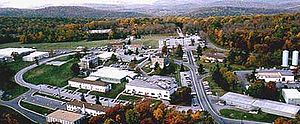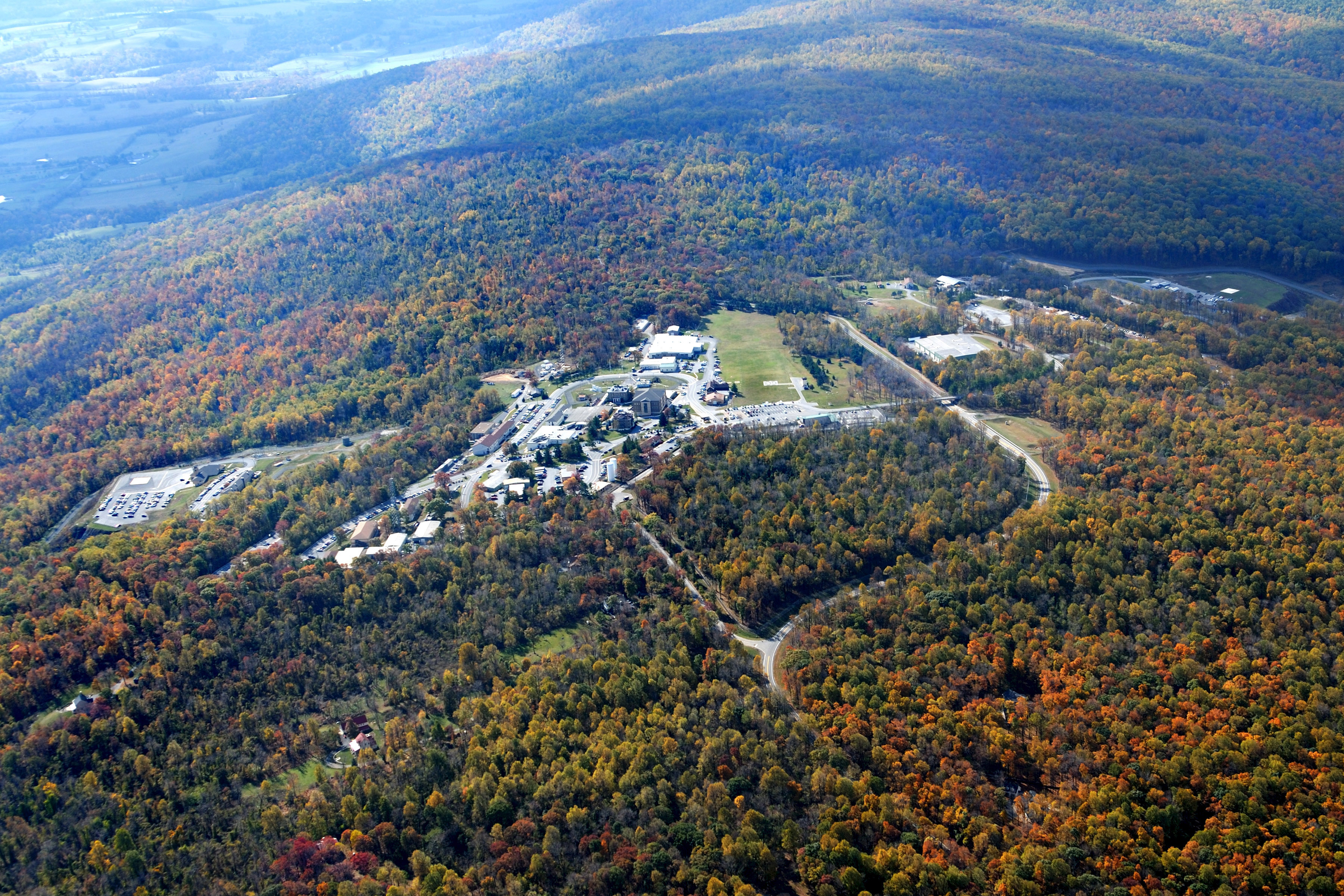
1) Collect Data on American Citizens
The Senate Subcommittee in 1975 learned that the “facility held dossiers on at least 100,000 Americans. [Senator] John Tunney later alleged that the Mount Weather computers can obtain millions of pieces of additional information on the personal lives of American citizens simply by tapping the data stored at any of the other ninety-six Federal Relocation Centers.” The subcommittee concluded that Mount Weather’s databases “operate with few, if any, safeguards or guidelines.”
2) Store Necessary Information
The Progressive article detailed that “General Bray gave Tunney’s subcommittee a list of the categories of files maintained at Mount Weather: military installations, government facilities, communications, transportation, energy and power, agriculture, manufacturing, wholesale and retail services, manpower, financial, medical and educational institutions, sanitary facilities, population, housing shelter, and stockpiles.” This massive database fits cleanly into Mount Weather’s ultimate purpose as the command center in the event of a national emergency.
3) Play War Games
This is the main daily activity of the approximately 240 people who work at Mount Weather. The games are intended to train the Mount Weather bureaucracy to managing a wide range of problems associated with both war and domestic political crises. Decisions are made in the “Situation Room,” the base’s nerve center, located in the core of Mount Weather.
The Situation Room is the archetypal war room, with “charts, maps and whatever visuals may be needed” and “batteries of communications equipment connecting Mount Weather with the White House and ‘Raven Rock‘–the underground Pentagon sixty miles north of Washington–as well as with almost every US military unit stationed around the globe,” according to the Progressive article. “All internal communications are conducted by closed-circuit color television … senior officers and ‘Cabinet members’ have two consoles recessed in the walls of their office.”
Descriptions of the war games read a bit like a Ian Fleming novel. Every year there is a system-wide alert that “includes all military and civilian-run underground installations.” The real, aboveground President and his Cabinet members are “relocated” to Mount Weather to observe the simulation. Post-mortems are conducted and the margins for error are calculated after the games. All the data is studied and documented.
4) Civil Crisis Management
Mount Weather personnel study more than war scenarios. Domestic “crises” are also tracked and watched, and there have been times when Mount Weather almost swung into action, as Pollock reported:
“Officials who were at Mount Weather during the 1960s say the complex was actually prepared to assume certain governmental powers at the time of the 1961 Cuban missile crisis and the assassination of President Kennedy in 1963. The installation used the tools of its ‘Civil Crisis Management’ program on a standby basis during the 1967 and 1968 urban riots and during a number of national antiwar demonstrations, the sources said.”
In its 1974 Annual Report, the Federal Preparedness Agency stated that “Studies conducted at Mount Weather involve the control and management of domestic political unrest where there are material shortages (such as food riots) or in strike situations where the FPA determines that there are industrial disruptions and other domestic resource crises.”
The Mount Weather facility uses a vast array of resources to continually monitor the American people. According to Daniel J. Cronin, former assistant director for the FPA, Reconnaissance satellites, local and state police intelligence reports, and Federal law enforcement agencies are just a few of the resources available to the FPA [now FEMA] for information gathering.
“We try to monitor situations and get to them before they become emergencies,” Cronin said. “No expense is spared in the monitoring program.”
5) Maintain and Update the “Survivors List” Using all the data generated by the war games and domestic crisis scenarios, the facility continually maintains and updates a list of names and addresses of people deemed to be “vital” to the survival of the nation, or who can “assist essential and non-interruptible services.” In the 1976 article, the “survivors list” contained 6,500 names, but even that was deemed to be low.
Related articles







